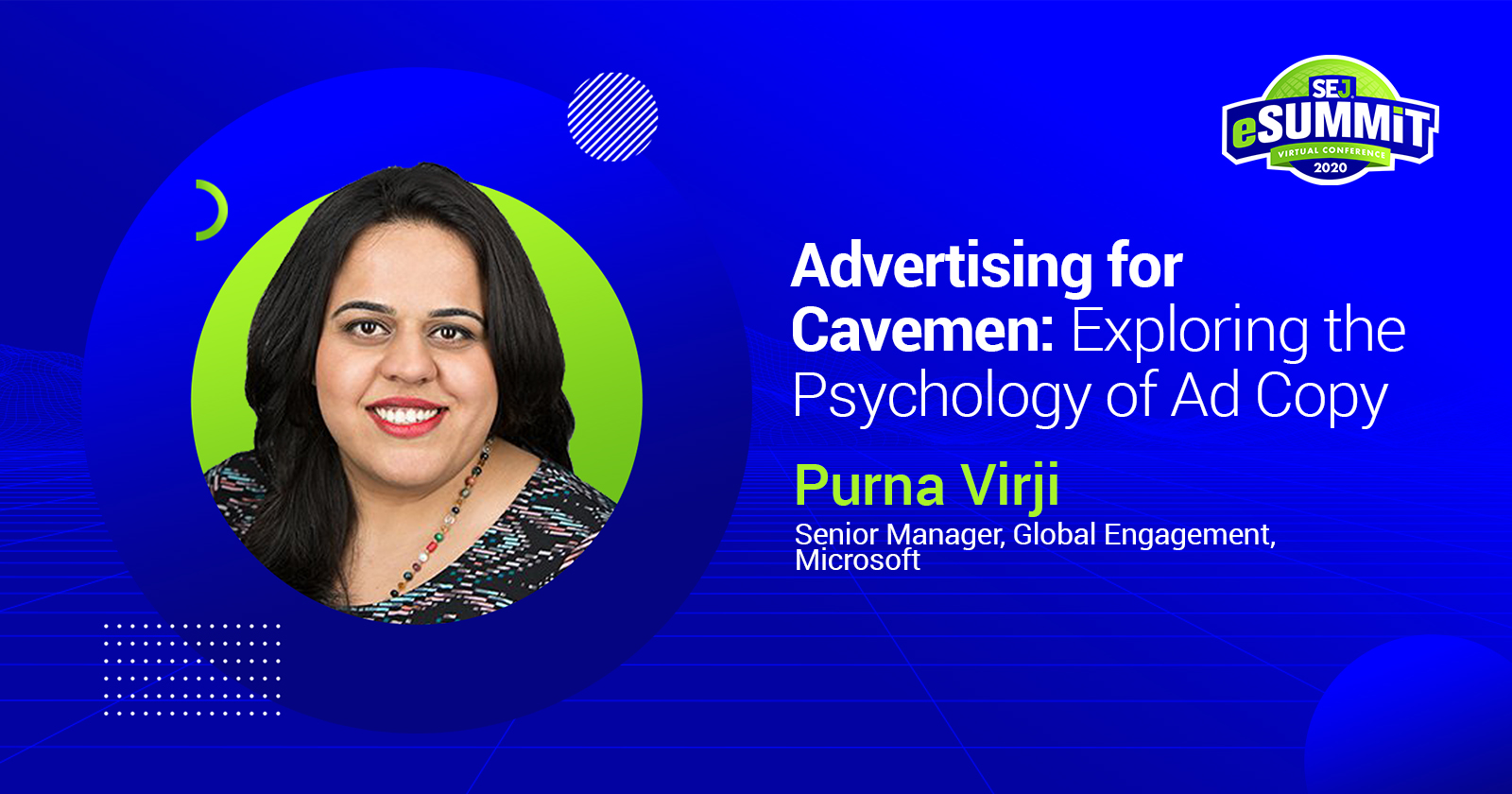It’s been a long time since the prehistoric era, but what hasn’t changed are primal drivers that inspire people to take action.
PPC professionals are always trying to answer the question “What appeals to our customers?”
It turns out, the answer is right here in our behavioral history.
For her SEJ eSummit session, Purna Virji, Senior Manager of Global Engagement at Microsoft Advertising, showed how centuries-old human psychology principles can be remixed for proven success with today’s paid search customers.
Here’s a recap of her presentation.

What do diamond rings and oranges have in common?
They’re both products that became part of our daily lives as a result of ad campaigns.
During the Great Depression, De Beers was having trouble selling their diamonds. Their ad agency came up with the now-famous slogan, “A diamond is forever” – associating it with eternal love.
Now even generations later, we propose with diamond rings.
Back in the 1900s, orange growers in California faced a huge problem.
They were picking more fruits than they were able to sell. What do they do with the excess?
Well, another ad agency came up with a new use for oranges – juice.
It became so popular that orange juice remains a well-liked drink until this day.
Both these examples show you how powerful advertising is and why it’s been used for a very long time.
But still, in today’s modern world people are increasingly becoming anti-ad.
Everywhere we go, we are inundated with ads.
Yet, some people assert that humans have less of an attention span nowadays.
That’s not the case.
Think about this:
How many people have binge-watched a Netflix series or regularly stream shows every night?
The truth is attention span is not the issue.
People will spend time and pay attention to what they care about.
That’s the key.
What people care about and what drives them to action hasn’t really changed since the time of cavemen, apart from the clubs and the fire.
Something that has proven to work in the past will continue to work again, even in completely new forms.
As Claude Hopkins, author of Scientific Advertising, put it:
“Human nature is perpetual, which means the principles of psychology are fixed and enduring.”
Marketers should consider taking these age-old persuasion principles that have always been a piece of human nature and remix them for today’s ad-weary customer.
Here are four ways to do that.
1. Make a Bargain Irresistible
Ever since cavemen learned to barter, they learned to go back and look for good deals.
But what’s interesting is that we don’t like cheap.
We do like getting what we see as a bargain, no matter what the actual cost is.
Here’s an example of the dangers of cheap being your core benefit.
In 2009, Tata Motors, the same company that owns Jaguar and Land Rover, wanted to create a car specially designed for the Indian market, which is a developing country.
People are increasingly looking for ways to get more mobile and get around.
You’d think that having a car at a price point of under $1,600, probably the cheapest car in the world, is a pretty good deal.
We know that for many, having a car is associated with social status and prestige.
But instead of launching a marketing campaign that focused on the prestige of being able to earn a new car, their marketing campaigns just went out and focused on how this was the cheapest car in the world.
As you can imagine, it backfired terribly.
No one wanted to be seen driving the cheapest car in the world.
So how can you make your next special offer an irresistible bargain?
Consider the Ellen Langer experiment from the 1970s.
There is a queue at the photocopier.
The researchers had the people use three different, specifically worded requests to break in line.
- “Excuse me, I have five pages. May I use the Xerox machine?”
- “May I use the Xerox machine, because I’m in a rush?“
- “May I use the Xerox machine, because I have to make copies?”
Here’s how the wording affected whether people let them break in line.
- “Excuse me, I have 5 pages. May I use the xerox machine?”: 60% compliance.
- “Excuse me, I have 5 pages. May I use the xerox machine, because I have to make copies?”: 93% compliance.
- “Excuse me, I have 5 pages. May I use the xerox machine, because I’m in a rush?”: 94% compliance.
It all came down to, the power of the word “because”.
The experiment essentially found that the probability of people saying “yes” increases when they’re presented with a reason.
Now how does this relate to PPC ads?
If you saw the following ad, what would first come to mind?

You’d probably think that there’s something wrong with those ties.
The deal might be too good to be true.
What happens when we add “because”?

The ad becomes relatable and can grab people’s attention better than the first ad.
The Takeaway
We’re all used to being bombarded with sales and discounts.
Adding a reason for them can make your ads even more compelling.
2. Harness the Power of Surprise
We might think that people are already jaded and “ad blind.”
That’s not true at all.
People are just bored with the usual sales stuff.
But we still can surprise them.
Surprise is powerful and can supercharge other emotions, both positive and negative.
Focus on the good to enhance positive sentiment and drive people to take action.
Here’s an example.
What if you were working for a sports nutrition company and you knew that most of your customers, on average, took three months to finish the box of protein shake?
So month two, your company could run an ad like this:

When customers see this, they would probably start thinking about reordering.
Not only did this ad come at the right time, but it also offered a compelling offer and it showered them with a little love for being loyal.
This is a potentially impactful way of increasing customer lifetime values.
The Takeaway
In every ad effort you make, think about how you can bring the unexpected to surprise and delight searchers.
3. Showcase Your Personality
Personas that appeal to customers still work today.
They bring up emotions and make companies more memorable.
After all, we buy on emotion and justify with logic.
This is almost a cliche at this point.
Yet advertising to the logical brain is still the default for many.
Why is that?
Well, because it’s tough not to think of ourselves when we’re creating advertising.
But let’s look at the power of personality and how it can help you stand out.
Here’s a classic example.
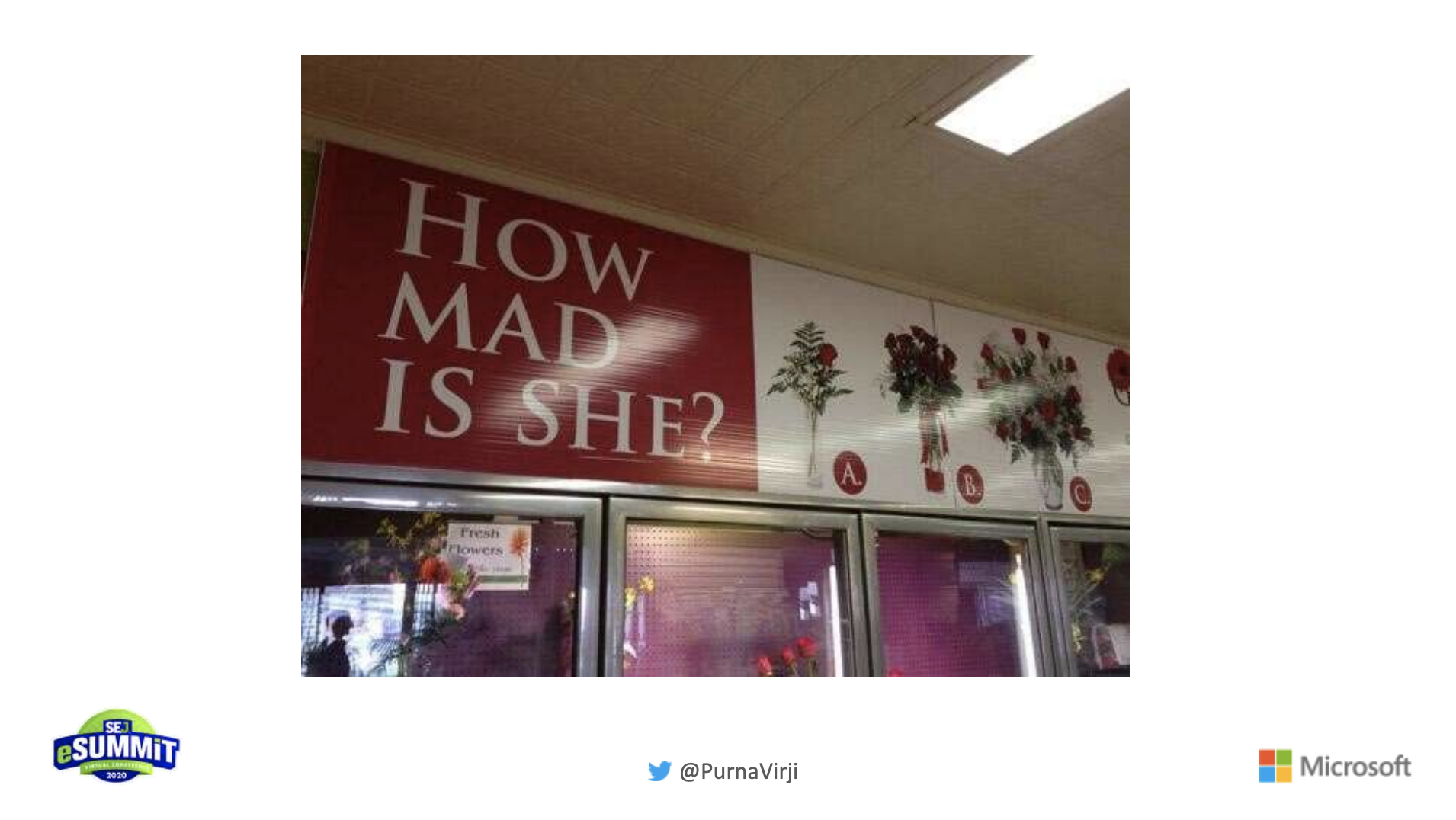
Now, the florist could have just listed the various bouquets, the prices, what flowers were used, etc.
Instead, they reveal their unique personality by talking about a human situation that many have encountered.
In doing so, they scored both trust and likability points – and we can bring the same thing to our PPC ads.
A few years ago, when the iPhone 6s first came out, Samsung had a similarly named model, the “S6”.
And so they decided to run a PPC campaign.
Every time someone did a search for the iPhone brand, this ad would pop up.
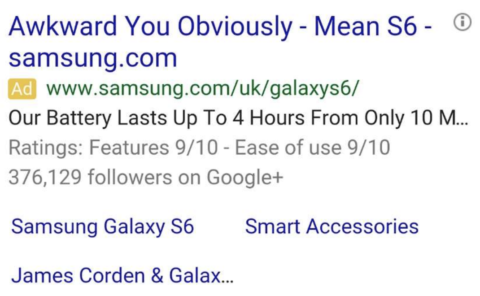
They didn’t stop there.
When the iPhone had the “bendgate” scandal?
Samsung had an ad to answer that as well.

The Takeaway
Personality is additionally helpful because it adds an emotional connection and helps establish brand preference.
Remember to build connection and attachment with your audience by letting your personality shine.
4. Deliberately Include
All humans feel a need for connection and inclusion.
That applies to our advertising and marketing efforts as well.
Inclusive marketing is the key to loyalty, especially for marketers who are targeting millennials and gen Z audiences.
Check out these stats:
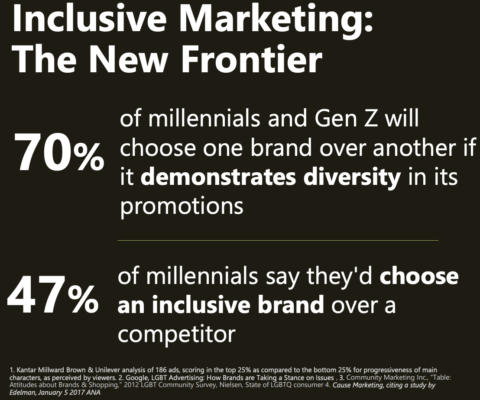
Inclusive advertising, done authentically, feels like connection and family.
It produces feelings of joy and trust.
Brands representing diversity in ads are more authentic and trustworthy, according to Microsoft Advertising research.
So how can this be applied to PPC?
When creating campaigns, keyword lists, and ad copy, we are subject to our own biases/blind spots.
We need to shine a light on that as an industry because our collective blind spots and unconscious biases can mean that a large number of our customers may not be served.
Just look at this example of poorly thought-out ads.
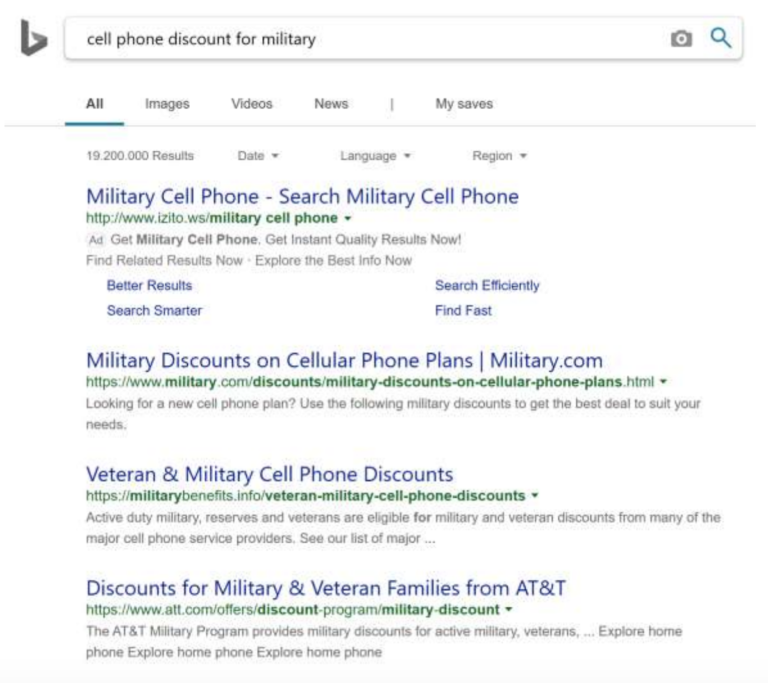
The good thing is that there are low-cost and low-competition opportunities that all of us have for the picking.
Especially at times like this, we’re looking for ways to expand the reach, expand our audiences, and find new segments and get a leg up over our competitors.
Look at being more inclusive with who you target your ads.
To find this out, you want to start by identifying whose voice is missing.
Think of the potential groups that could be accidentally excluded. This varies by business, but if you think about traditional groups, that would include:
- Gender.
- Age.
- Language spoken.
- Sexual orientation.
- Race.
- Ability.
- Etc.
Follow these quick tips:
- Use the keyword planner to help mine inclusive keywords.
- Use Dynamic Search Ads to help you spot exclusions in your keywords and ad copy.
- Remember to optimize Shopping Campaigns, too.
- Your title should include product details, with the most important data upfront (i.e., ‘Adaptive’, ‘Ethical’, ‘Sustainable’, etc.).
The Takeaway
A few simple optimizations can yield big wins and grow loyalty.
Watch This Presentation
You can now watch the video of Virji’s full presentation from SEJ eSummit.
More Resources:
- 5 Classic Tips to Write Effective Google Ads Copy
- Using 6 Principles of Persuasion to Increase Conversions
- 5 PPC Calls-to-Action Tips & 4 Gotchas You Need to Know
Image Credits
Featured Image: Paulo Bobita
All screenshots taken by author, August 2020

